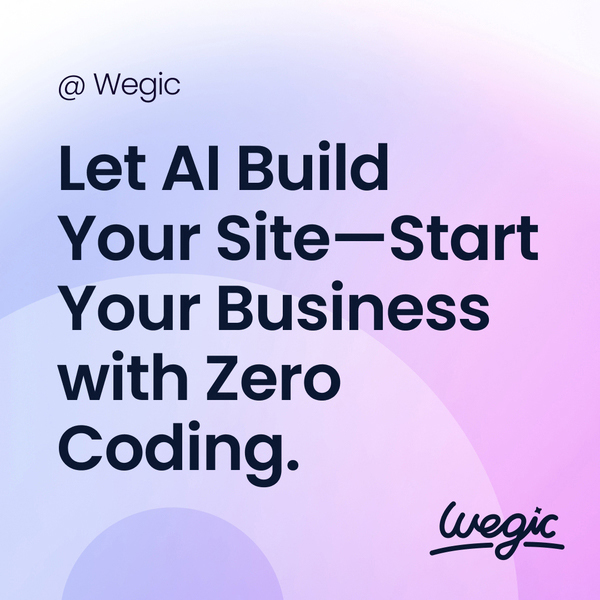Web Page Design Classes Online Resources
Web Page Design Classes Online
Web Page Design Classes Online
SEO (Search Engine Optimization) is crucial for any website looking to increase its visibility and attract more visitors. One of the most effective tools for improving SEO is a SEO web builder. This tool can help website owners optimize their site for search engines, resulting in higher rankings and more organic traffic.

Quick Web Page Design Classes Online Guide
Web Page Design Classes Online
An SEO audit is a thorough examination of a website’s performance in terms of search engine optimization. It involves analyzing various elements such as on-page and off-page optimization, technical aspects, content quality, and user experience. By conducting an SEO audit, businesses can identify areas of improvement, fix any issues that may be hindering their SEO efforts, and ultimately improve their website’s visibility and ranking on search engines.
There are several key steps involved in conducting an SEO audit:
1. Reviewing Keywords and Content: One of the first steps in an SEO audit is to review the website’s keywords and content. Are the keywords relevant to the business and its target audience? Are they used strategically in titles, headings, meta tags, and throughout the content? Is the content high-quality, informative, and engaging? Analyzing keywords and content is essential for ensuring that the website is optimized for relevant search queries and provides value to visitors.
2. Checking On-Page Optimization: On-page optimization refers to the elements on a webpage that can be optimized for search engines, such as meta tags, headings, images, and internal links. During an SEO audit, it is important to check that these elements are properly optimized with relevant keywords and that they comply with best practices for SEO. This helps search engines understand the content of the website and rank it accordingly.
3. Assessing Technical SEO: Technical SEO involves optimizing the technical aspects of a website to improve its crawlability, indexability, and overall performance in search engines. This includes factors such as site speed, mobile-friendliness, URL structure, and sitemap. By assessing technical SEO during an audit, businesses can identify any issues that may be impacting their website’s visibility and address them to improve their overall SEO performance.
4. Evaluating Backlinks and Off-Page SEO: Backlinks are a crucial ranking factor in SEO, as they indicate the credibility and authority of a website. During an SEO audit, it is important to evaluate the website’s backlink profile to ensure that it is diverse, high-quality, and free from spammy links. Additionally, off-page SEO factors such as social signals, local citations, and online reviews should be considered to enhance the website’s authority and reputation in the eyes of search engines.
5. Monitoring User Experience: User experience plays a significant role in SEO, as search engines prioritize websites that provide a positive and seamless experience for visitors. During an SEO audit, it is important to assess factors such as page layout, navigation, mobile responsiveness, and loading times to ensure that the website meets user expectations and encourages engagement and conversions.
In addition to these key steps, there are several tools and techniques that can be used to conduct an SEO audit effectively. These include:
– Google Analytics: Google Analytics provides valuable insights into website traffic, user behavior, and engagement metrics, which can help identify areas of improvement for SEO.
– Google Search Console: Google Search Console offers data on website performance, indexing status, and search queries, allowing businesses to monitor and optimize their presence in Google search results.
– SEO Auditing Tools: There are several SEO auditing tools available, such as SEMrush, Moz, and Ahrefs, that can analyze various aspects of a website’s SEO performance and provide recommendations for improvement.
The cost of web design can vary significantly depending on a number of factors. One of the primary factors that will impact the cost of your website is the complexity of the design. A simple, static website with basic functionality will typically cost less than a complex e-commerce site with custom features and integrations. Additionally, the number of pages and features you require will also impact the cost of your website. For example, a website with a large number of product pages and a sophisticated search function will cost more than a simple informational site.
The level of customization required for your website will also influence the cost. Pre-designed templates are a cost-effective option for businesses on a budget, but they may not provide the level of customization and branding that you desire. A custom-designed website, on the other hand, will be tailored to your specific needs and can help set your business apart from the competition. However, custom design comes at a higher price tag, so it’s important to weigh the benefits against the cost.
Another factor that can impact the cost of web design is the platform or content management system (CMS) that is used to build your website. Popular platforms like WordPress, Shopify, and Squarespace offer a range of templates and features that can help reduce development costs. However, if you require custom functionality or integration with other systems, you may need to invest in a more advanced CMS or even build a custom website from scratch, which can be more expensive.
In addition to design and development costs, ongoing maintenance and updates should also be factored into the cost of your website. Regular updates to your website’s content, security, and functionality are essential to keep your site running smoothly and to ensure that it remains relevant to your audience. Some web design agencies offer maintenance packages as part of their services, while others charge on an hourly basis for updates and support. It’s important to clarify these costs upfront so that you can budget accordingly.
When shopping for web design services, it’s important to do your research and compare quotes from multiple providers. Prices can vary widely depending on the agency’s location, expertise, and level of service. Be wary of prices that seem too good to be true, as they may indicate low-quality work or hidden fees. Look for a web design agency that has a proven track record of delivering high-quality websites within your budget.
To get the best value for your money, be clear about your goals and requirements when discussing your project with a web design agency. Provide examples of websites that you like, as well as any specific features or functionality that you need for your site. A good designer will be able to provide recommendations based on your budget and objectives, helping you to achieve your desired results without breaking the bank.

A Beginner’s Guide to Web Page Design Classes Online
Web Page Design Classes Online
Conclusion
Web design is a critical component of creating a successful online presence and can significantly impact the performance of your website. By following best practices in web design and focusing on user experience, you can create a visually appealing, user-friendly, and functional website that attracts and retains visitors, drives conversions, and enhances brand reputation. Remember to define your goals, know your audience, keep it simple, optimize for mobile, use high-quality visuals, ensure clear navigation, prioritize loading speed, and test and iterate for continuous improvement. With these tips in mind, you can create an effective website that stands out in the digital landscape and drives success for your business.

